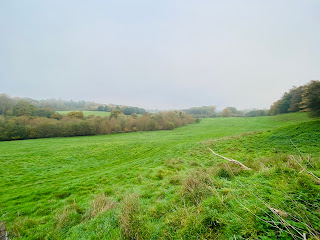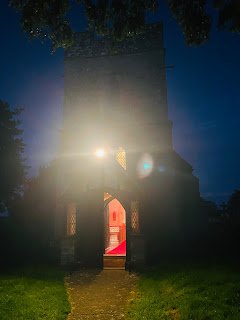St. Margaret’s church, in the small Kent village of Broomfield, is not recorded in the Domesday book but its existence was acknowledged by Robert Crevecoeur in 1119. It consists of a Norman two-part nave and chancel with a late medieval western tower and with the relatively modern additions of a vestry and western porch. The Norman church would have comprised a plain nave and chancel. That chancel was remodelled in 1879, removing all Norman traces. Local Kentish ragstone is the predominant building material; no Maidstone tufa limestone was employed, unlike Saint Nicholas’ Leeds where tufa is a significant feature.
The building is listed as Grade 2 and the 2019 quinquennial report records that it is in good condition. Electric lighting was first installed in 1954, and in 1963 the Victorian coke-fired boiler and central heating was replaced by bottled gas convector heaters. By 1985 these were supplemented by three infra-red electric heaters, but the building was showing signs of dampness and in 1991 a complete new system of electric heating was installed.
The central lancet window in the north wall features pieces of yellow-stained late mediaeval glass, believed to be rescued from the ravages of the Commonwealth period.
The tower contains 6 bells, rung from ground level. The churchyard is open and in regular use and In the churchyard the tombstone of the famous Kentish bell-founder Joseph Hatch lies near the south wall.




























No comments:
Post a Comment